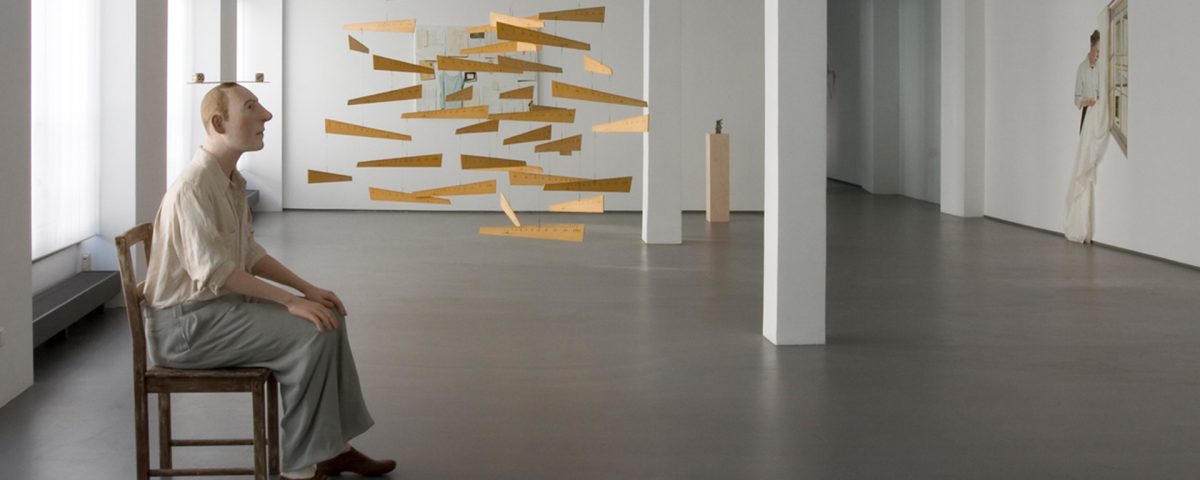
LOTTA HANNERZ
08/11/–20/12/2008
“Many ideas occur in the play between what we see and what we think we see. Even if it’s just a split second of misinterpretation. What interests me is to try to register this gap, to measure the unpredictable. A kind of intraordinary ruler, human by default.”
It is in this concise manner that Lotta Hannerz describes her artistic work.
In the psychology of perception, one could say that the artist explores the difference between that which is perceived by our senses and that which we become aware of. Between the retinal image and mental cognition, visual information is filtered, categorised, linked, and evaluated. The artist takes this as her starting point and interrupts complex experiential processes, or even better: trips up the perception and causes the interpretation process to stumble. From this point on, nothing is how it was previously or how it should be.
The surrealists called this the search for the magical aspect of everyday life. Lotta Hannerz, one of the last students to be taught by the Swedish artist Erik Dietman (1937 – 2002), continues in this surrealist tradition. Her work can be viewed within the context of contemporary artists such as Maurizio Cattelan, Mona Hatoum, Ron Mueck, Robert Gober or Gregor Schneider, who have all developed a very individual artistic position against the background of the surrealist concept.
In the case of Hannerz, it is not so much the psychological state of the viewer, which is undermined. For the artist, perception is always a cognitive process. The desired effect is clearly to confound perception and guide it in a different direction. At best – and in this case her way of thinking is very much committed to the tradition of Modernism – her art serves to restructure our everyday perception in an exemplary manner.
The subtle humour that pervades the artist’s works serves as a vehicle for complex questions. The work >Collapsible sculpture, Man packs into his own bag< from 2005 is an example of her method of working. The life-size figure of a middle-aged man (like an “average citizen” invented by Hannerz) gazes at a framed, photographic triptych on the wall of the exhibition space – a bag lies next to him on the floor. The photographs show a sequence in which in a few steps this viewer is folded together and put into his own bag.
The work has many points of reference. First of all, due to its initial transitory nature it eludes the concept of classical static sculpture. The fictive character, who represents the exhibition visitor, studies, in the most realistic medium of photography, the instructions for her own removal. The exhibition visitor is suddenly put in the position of observing him or herself in a very peculiar context. A contemporary vanitas symbolism can thus be experienced directly. However, the viewer takes note of this with a smile, because here absurdity does not conceal the meaninglessness of life but rather a great degree of freedom.
Text: CONRADS
